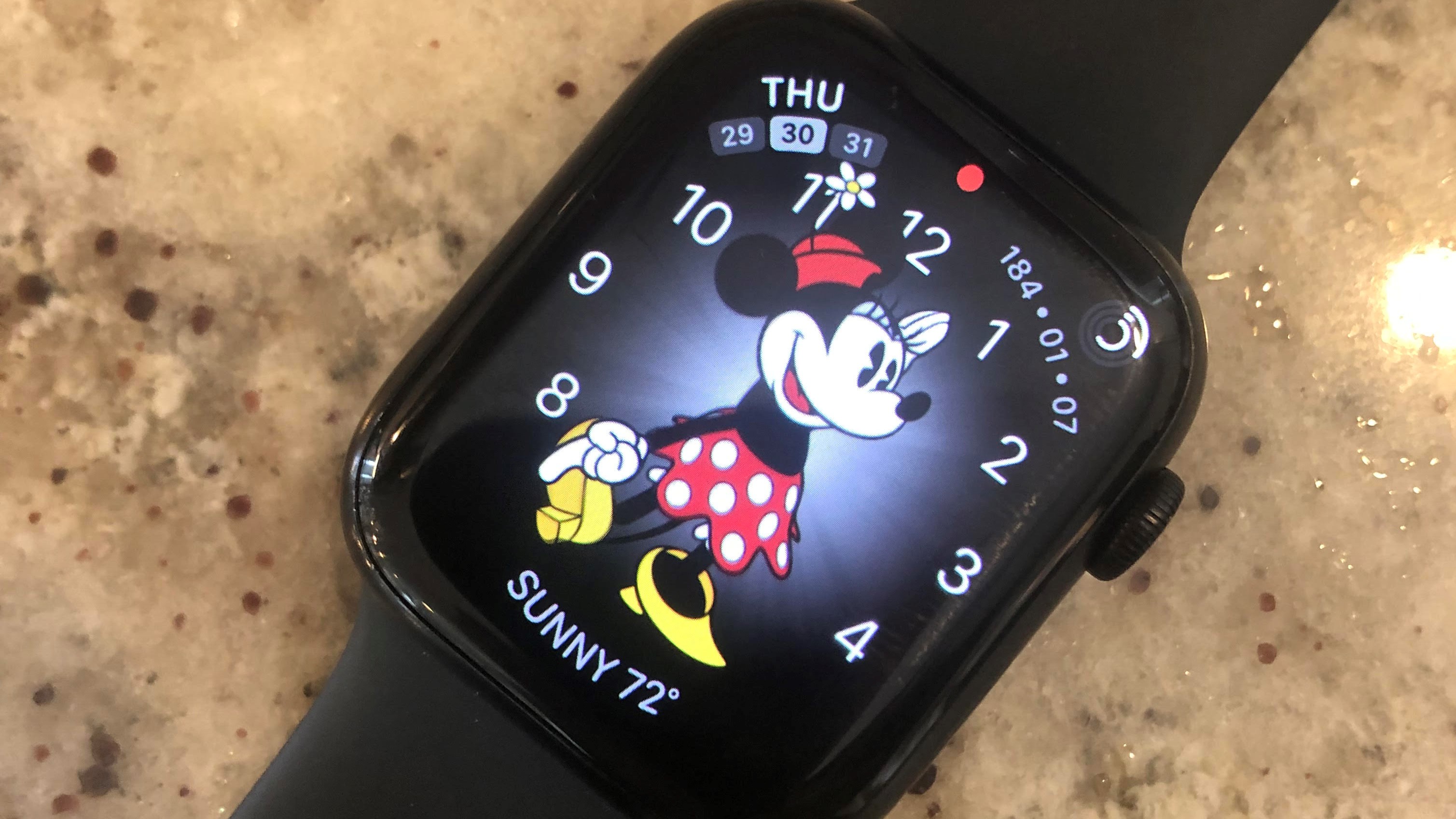Analyst Sees a More Magical Kingdom If Apple Acquires Disney
Laura Martin calculates 15%-25% upside for Apple shareholders

Some things just go better together, and Needham analyst Laura Martin believes Apple and The Walt Disney Co. are two of those things.
“Combining Apple’s distribution footprint of 1.25 billion unique customers with Disney’s 570 million consumers reached each year would drive 15% to 25% valuation upside for Apple shareholders,“ Martin said in a research note.
Apple and Disney have long worked together. Disney was one of the first companies to put its video content on Apple’s iPod and Mickey and Minnie Mouse are featured on Apple Watches. Disney also acquired Pixar, the animation studio led by Apple founder Steve Jobs.
Martin argues that here are many other ways that a combination of Apple’s products and technology would benefit from a closer connection to Disney’s content and fan base. In fact, in her report, Martin provides a list of the Top 10 ways Disney is additive to Apple shareholders.
1.) Better Consumer Data: Most of Apple’s data is about individual behavior on a smartphone. By contrast, Disney’s data is about families. “We would argue that families are more important units to track than any one individual because many purchase decisions are made based on the influence of family members,” Martin says. “Disney’s complex network model has better predictive power about future purchasing decisions, we believe.”
2.) Bundling: Bundling can double lifetime value (LTV), by lowering churn, according to Martin’s calculations. “By combining Apple’s hardware/software bundle with Disney’s streaming bundles as well as discounting admissions to its assets in the physical world, we calculate that Apple’s churn could fall by 50%.”
3.) More Consumer Touch Points: During the pandemic, consumer use of mobile phones fell and connected TV usage rose. Disney earns money from all screens, and therefore has been hedged as consumers chose new delivery outlets.
The smarter way to stay on top of broadcasting and cable industry. Sign up below
4.) Creative Teams: There is almost nothing fungible (i.e., no substitutes) about hit storytelling teams such as Marvel, Star Wars, Pixar and Disney animation, Martin said.
5.) Library Value: Disney’s owned animation library has been largely written down to zero over the past 20 years, but it is nearly priceless. “More recently, Disney tells us that they spend approximately $30 billion on content each year (of which $10 billion is on sports). Its return on capital for film content is second to none,“ she said.
6.) Hedge Against Tech Obsolescence: “We believe Disney’s content represents is a hedge against Apple’s potential technology obsolescence risks,“ Martin wrote. “We believe that high-quality content libraries always become more valuable over time because AAA film and TV content can be used to differentiate new technologies, content services, and/or distribution competitors over time.”
7.) No Substitutes for Disney’s World-Building Content: Disney owns premium intellectual property, including several franchises.
8.) Disney Character IP Rights: Disney's portfolio includes all Winnie the Pooh characters, Mickey & Minnie Mouse, Goofy, Donald Duck, the Disney Princesses, Frozen, Toy Story and Cars. These are usable in perpetuity to create the next new films, TV series, theme park attractions or Broadway shows. They are free to use forever, because Disney owns the IP.
9.) Marketing Prowess: Within mobile devices, Apple is excellent. However, its marketing pitch is mostly based on camera quality, chipsets, speeds, brightness and other technological superiority-based marketing points. And, after a consumer buys their first smartphone from Apple, 80% “renew” within five years, Martin estimates. “Although impressive, this level of renewals does not require great marketing. By contrast, Disney’s marketing team is required to create comprehensive narratives for every TV show, film, streaming show before the consumer allocates money to it.”
10.) No Legislative or Regulatory Risks: “We believe Disney has minimal regulatory or legislative risks in the near term, whereas Apple has many regulatory risks from the EU, U.S., regional, state and local governments,“ Martin said. “The more loyal super-fans and consumers a company has, the more immune they are to government intervention, we believe.”
Martin also argued Apple would be better at managing costs than Disney has been. Disney CEO Bob Iger is currently cutting costs and has begun the layoffs of 7,000 staffers.
Martin noted that Apple’s operating expenses were 33% lower than Disney’s in 2022, even though its revenues were nearly five times larger than Disney’s.
“Based on Comcast's acquisition of NBC and Discovery's acquisition of Scripps Networks, we believe Apple could conservatively cut out 15% of total combined costs, post-merger,“ Martin said. “In addition to eliminating duplicative positions, real estate, studio space, film & TV slates, etc. We believe combining these two companies would lower the customer acquisition costs for every consumer-facing product in the combined company portfolio, post-merger.”
Martin added that Disney has tons of ad space. It sells most of it, but also uses it to promote its own products and services. Apple’s marketing costs would plummet with access to Disney’s advertising assets, she said.
Apple’s current enterprise value is $2.6 trillion, compared to Disney’s $209 billion, which means Apple can acquire Disney but Disney can’t acquire Apple.
“Apple is currently valued at a material premium to Disney on virtually every metric,” Martin says. “If Apple buys Disney using its higher-valued share, this will be anti-dilutive to Apple shareholders on a price/earnings basis as well as on an enterprise value/revenue and enterprise value/EBITDA basis.”
Disney stock was up more than 1% in midday trading. Apple was up 0.5%. ■
Jon has been business editor of Broadcasting+Cable since 2010. He focuses on revenue-generating activities, including advertising and distribution, as well as executive intrigue and merger and acquisition activity. Just about any story is fair game, if a dollar sign can make its way into the article. Before B+C, Jon covered the industry for TVWeek, Cable World, Electronic Media, Advertising Age and The New York Post. A native New Yorker, Jon is hiding in plain sight in the suburbs of Chicago.

